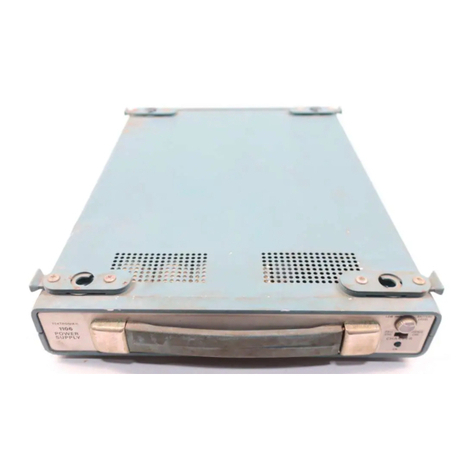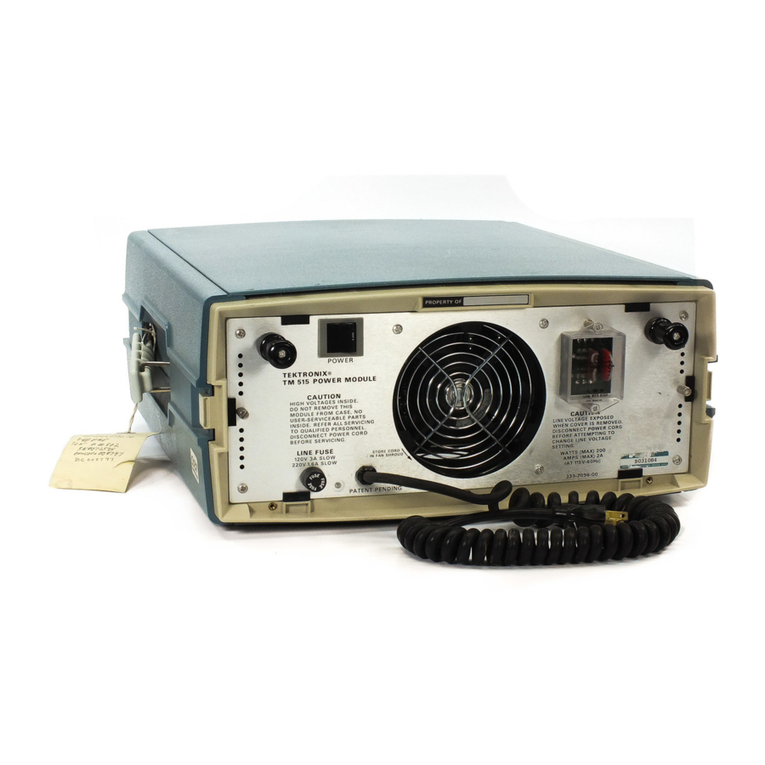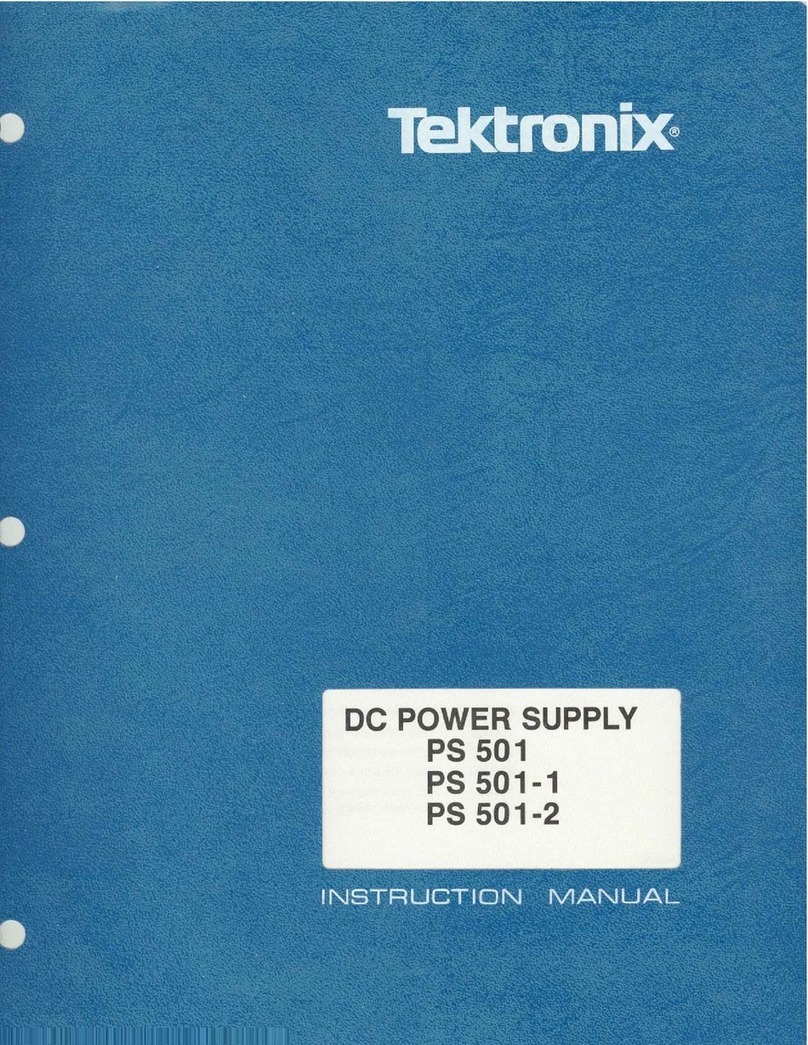Tektronix 620-0295-00 User manual
Other Tektronix Power Supply manuals
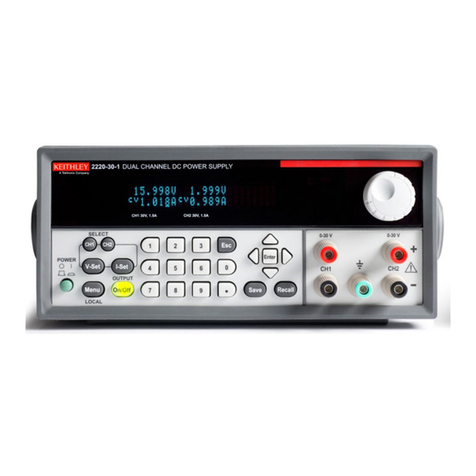
Tektronix
Tektronix KEITHLEY 2200 Series Owner's manual
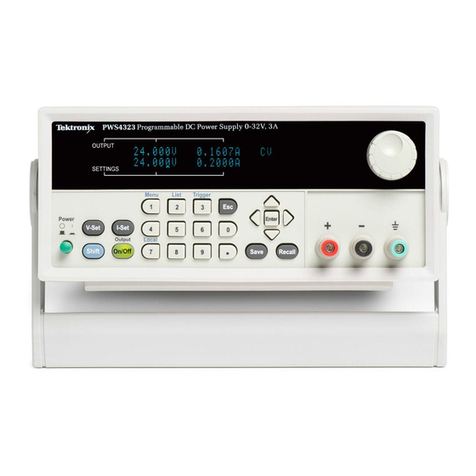
Tektronix
Tektronix PWS4205 Operating and maintenance manual
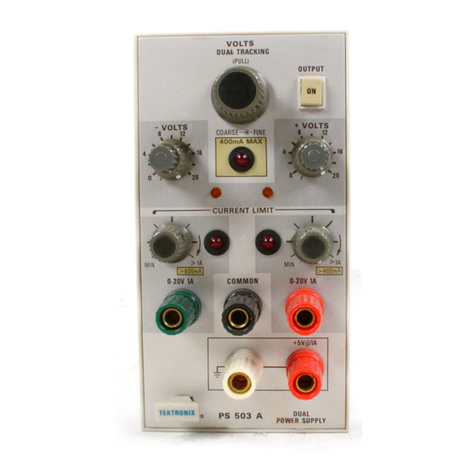
Tektronix
Tektronix PS 503A User manual
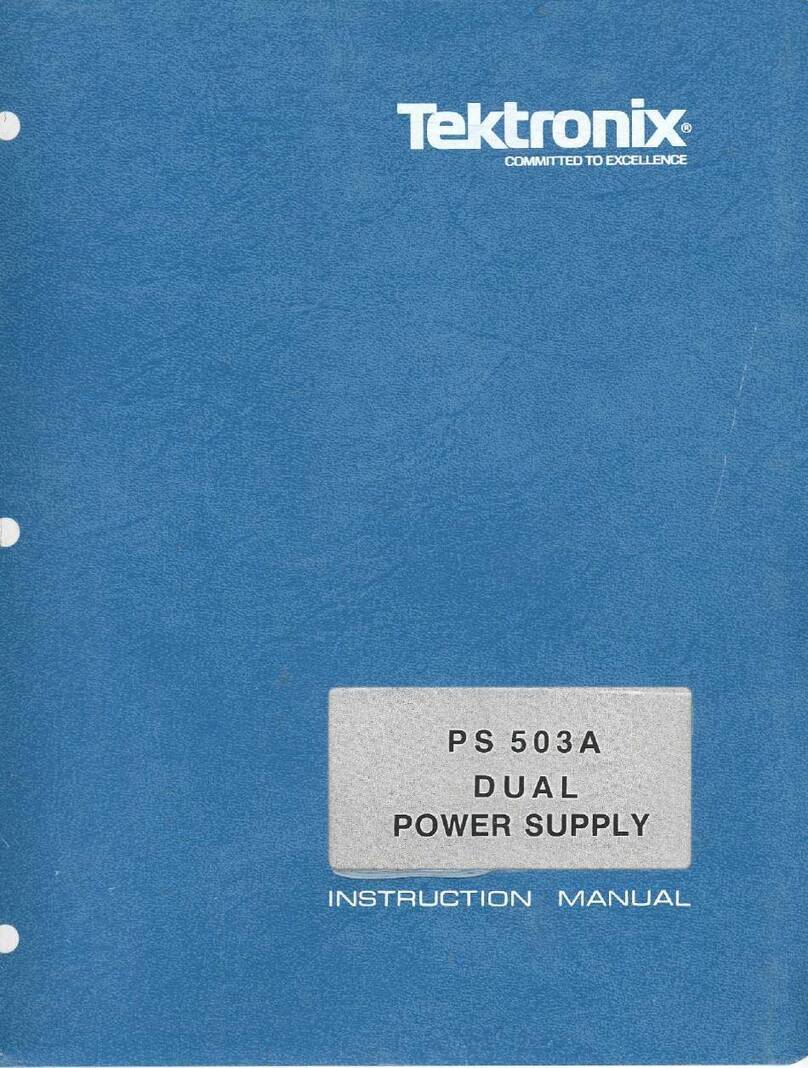
Tektronix
Tektronix PS 503A User manual
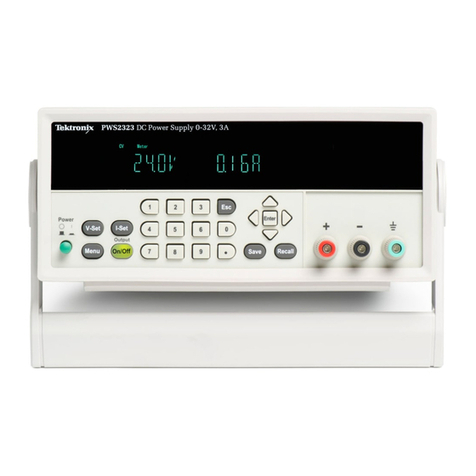
Tektronix
Tektronix PWS2185 User manual
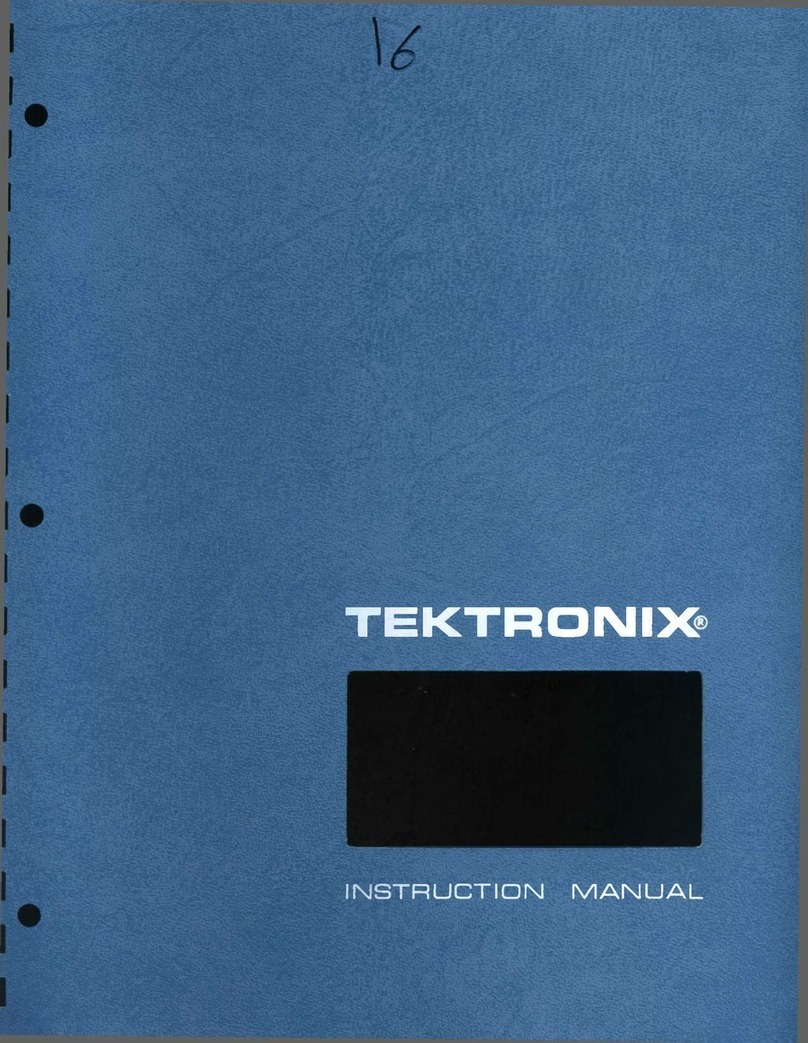
Tektronix
Tektronix PS 503 User manual
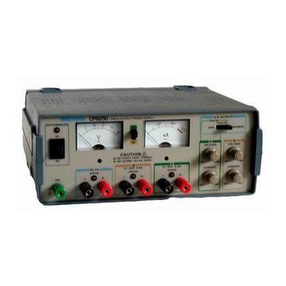
Tektronix
Tektronix CPS250 User manual
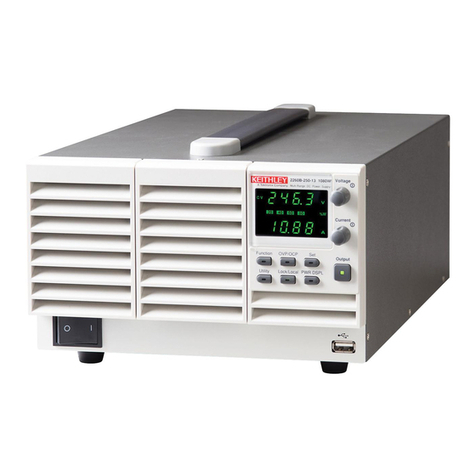
Tektronix
Tektronix Keithley 2260B Series User manual

Tektronix
Tektronix PS280 User manual

Tektronix
Tektronix 285 User manual
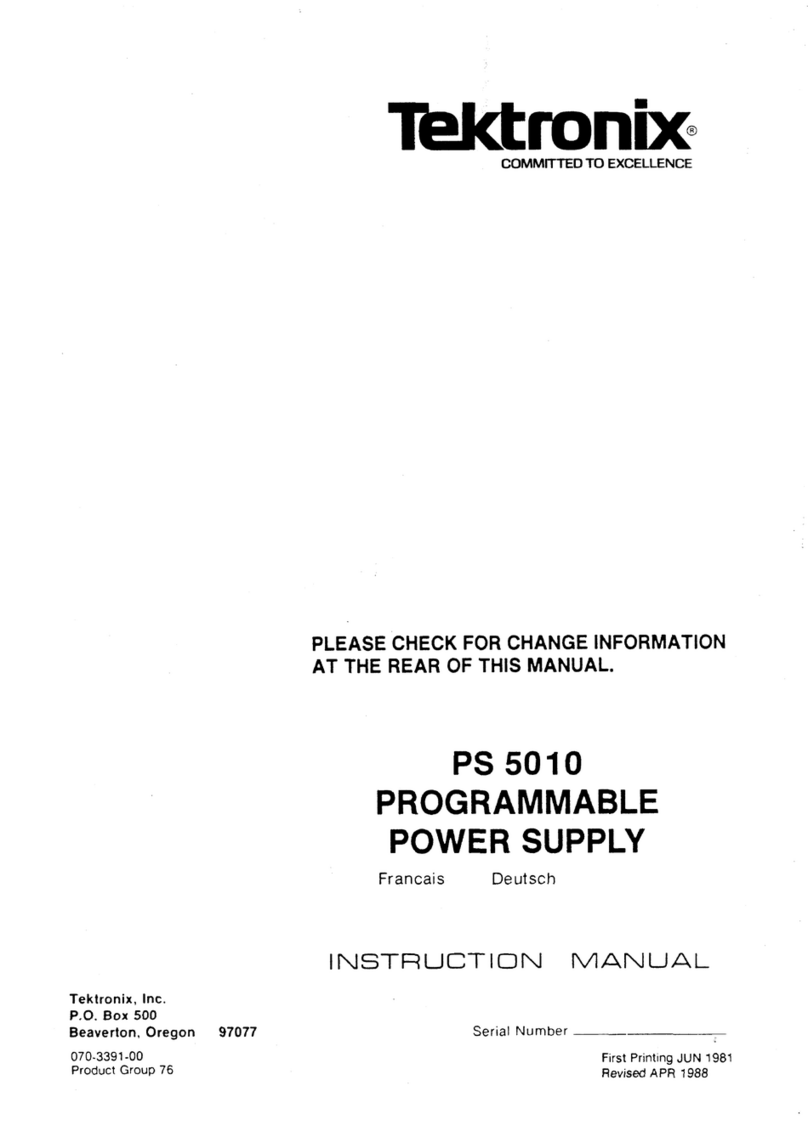
Tektronix
Tektronix PS 5010 User manual

Tektronix
Tektronix PS280 User manual

Tektronix
Tektronix Keithley 2260B Series Owner's manual

Tektronix
Tektronix PS 5004 User manual
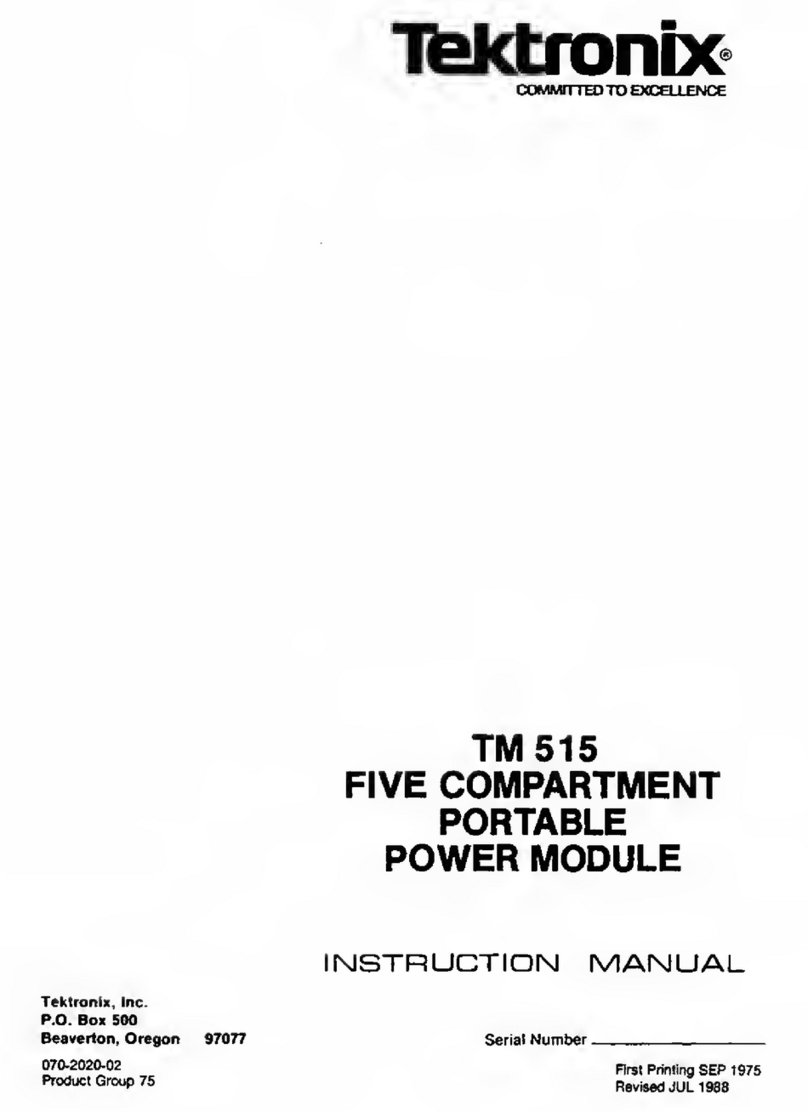
Tektronix
Tektronix TM 515 User manual
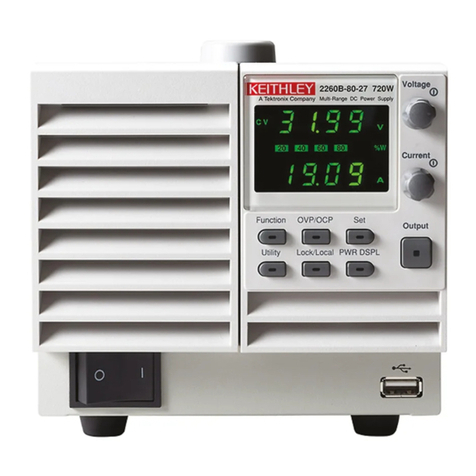
Tektronix
Tektronix Keithley 2260B Series User manual
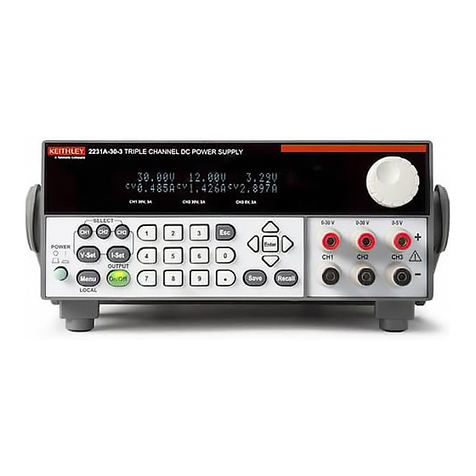
Tektronix
Tektronix Keithley 2231A-30-3 Installation and operation manual

Tektronix
Tektronix PWS2185 Use and care manual
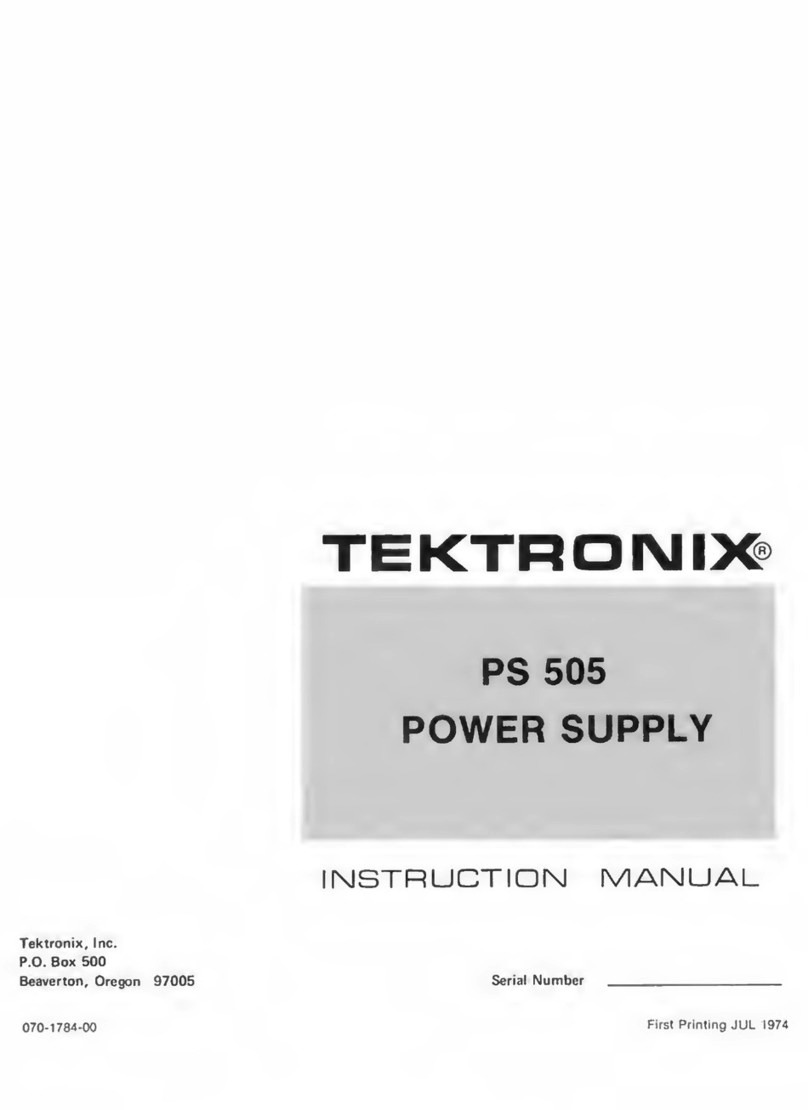
Tektronix
Tektronix PS 505 User manual

Tektronix
Tektronix Keithley 2260B Series Owner's manual
Popular Power Supply manuals by other brands

Videx
Videx 520MR Installation instruction

Poppstar
Poppstar 1008821 Instructions for use

TDK-Lambda
TDK-Lambda LZS-A1000-3 Installation, operation and maintenance manual

TDK-Lambda
TDK-Lambda 500A instruction manual

Calira
Calira EVS 17/07-DS/IU operating instructions

Monacor
Monacor PS-12CCD instruction manual
